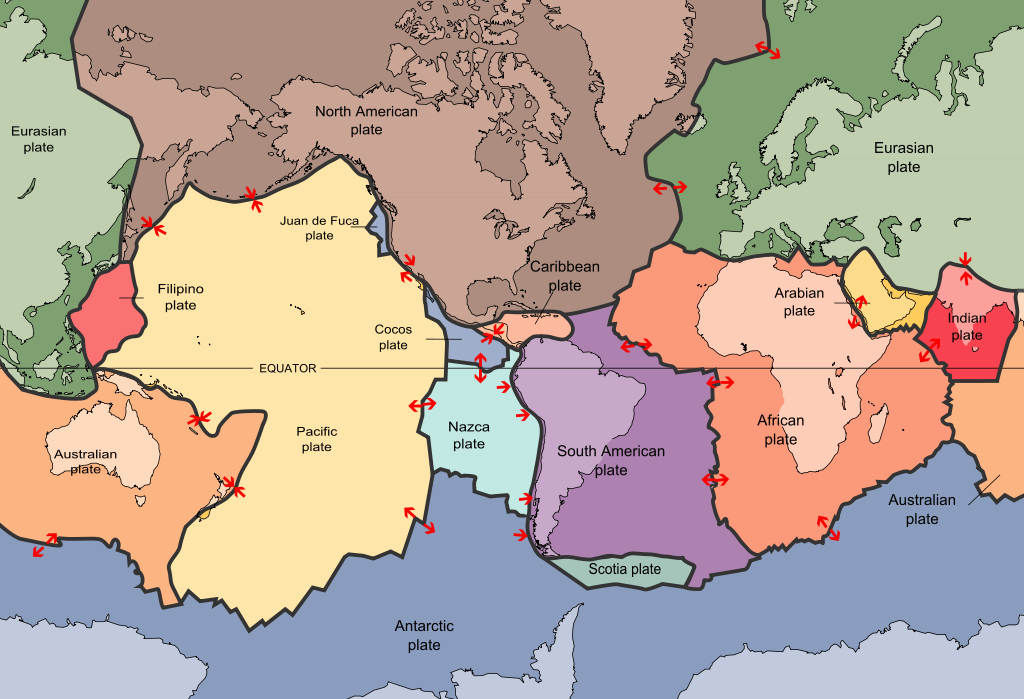
As departure date approaches for our trek in the Manaslu region,the monsoon season remains in full swing. On Manaslu (8,163m) this year there are a remarkable number of foreign climbers and climbing Sherpas. Seven Summits Trek is reporting 60 climbers and 70 Sherpas on the mountain, Asian Trekking has 18 foreign climbers and Himalayan Experience has five. Trekking Camp Nepal is managing a Korean team and then there are the Chinese. Considering that Manaslu has only been summited 980 times since Toshio Imanishi and Gyalzen Norbu first climbed it on May 9, 1956, 2016 should see a large number of summits. This large increase in interest should have a very positive economic impact on the Budh Kandaki Valley communities hit hard by the 2015 earthquake.
Russel Brice from Himalayan Experience reported September 8:
- Himalayan Experience now in Base Camp (BC) after leaving Kathmandu on August 29 for their 9th trip to Manaslu;
- Himalayan Experience team flew into Samagaon by helicopter. Supplies however still portered over Larkya Pass from the Marvangdi Valley to the west. Team Cmi will however be trekking up the Budh Kandaki valley after a steep descent following a traverse just 1 km from the 2015 earthquake epicentre.
- Russel Brice reports considerable new house development in Samagaon but slow progress on road and track clearing along the Budh Kandaki Valley which was severely impacted by the 2015 earthquake.

On September 13 Russel Brice reported that the rain continued.
- Rain in Base Camp (BC) continues. Meteotest suggests that the tail end of the monsoon is approaching with BC on the edge of the rain band – still its very wet.
- BC is filling with Himalayan Experience, Seven Summits and Japanese teams with a large group of Chinese waiting for a weather break in Samagaon.
- The Japanese team is attempting the East ridge route to the summit and reportedly making good progress.
- Seven Summits have the rope fixing contract for all teams for 2016 and are making good progress and on the 11/9 got within 200m of C2 after using 8 ladders on the upper reaches of the Hour Glass. They made the route to C3 yesterday.
- Himalayan Experience spent the night at C1 on the 12th.


Alan Arnette comments that Seven Summits is already on their final acclimatization rotation aiming to spend nights at Camps 1, 2 and 3 before returning to base camp for the usual late September weather window.
Meanwhile Benegas Brothers Expeditions are mounting an expedition this year as well. The last members of their team arrived in Kathmandu on September 4. They left for Manaslu BC, September 7, via 4×4 to the village of Nagani Khola – the end of the road. The team trekked up the Marvangdi Valley and over Larkya Pass. The Benegas Brothers team members reached Samagaon on the 15/9. They will now stage to Base Camp. This is a rapid ascent route and gives limited opportunity for acclimatization for climbers. We will be trekking in the reverse direction over the pass after visiting Manaslu Base Camp.\n\n Benegas Brother Expedition to Manaslu trekking down the Budh Kandaki valley towards Samogan which they reached yesterday September 15. Remote spectacular and currently wet.
In summary, it’s been wet in Nepal this season and as of writing the freezing level was up to 5,000 metres. There is little snow on the lower slopes and progress up Manaslu has been fast. This more remote region of Nepal, around Manaslu should be both a challenge and a delight.
Our route will begin in Barpak with a steep 1000 metre ascent to the ridge and rapid 2,000 descent to Laprak, Gumda and the Budh Kandaki river – in the first two days. We will then walk up the Budh Kandaki Valley and eventually over the Larkya Pass at just over 5,000 metres. We will post regularly on this blog ( and Twitter, Facebook and Linkedin) when communications allow.
We leave Kathmandu on on 12th October – should be quite the hoot.







 This rock was photographed a couple of days ago using the Mars Hand Lens Imager (MAHLI) on NASA’s Curiosity Mars rover. Curiosity has now been operational on Mars for 1, 282 days.
This rock was photographed a couple of days ago using the Mars Hand Lens Imager (MAHLI) on NASA’s Curiosity Mars rover. Curiosity has now been operational on Mars for 1, 282 days.

